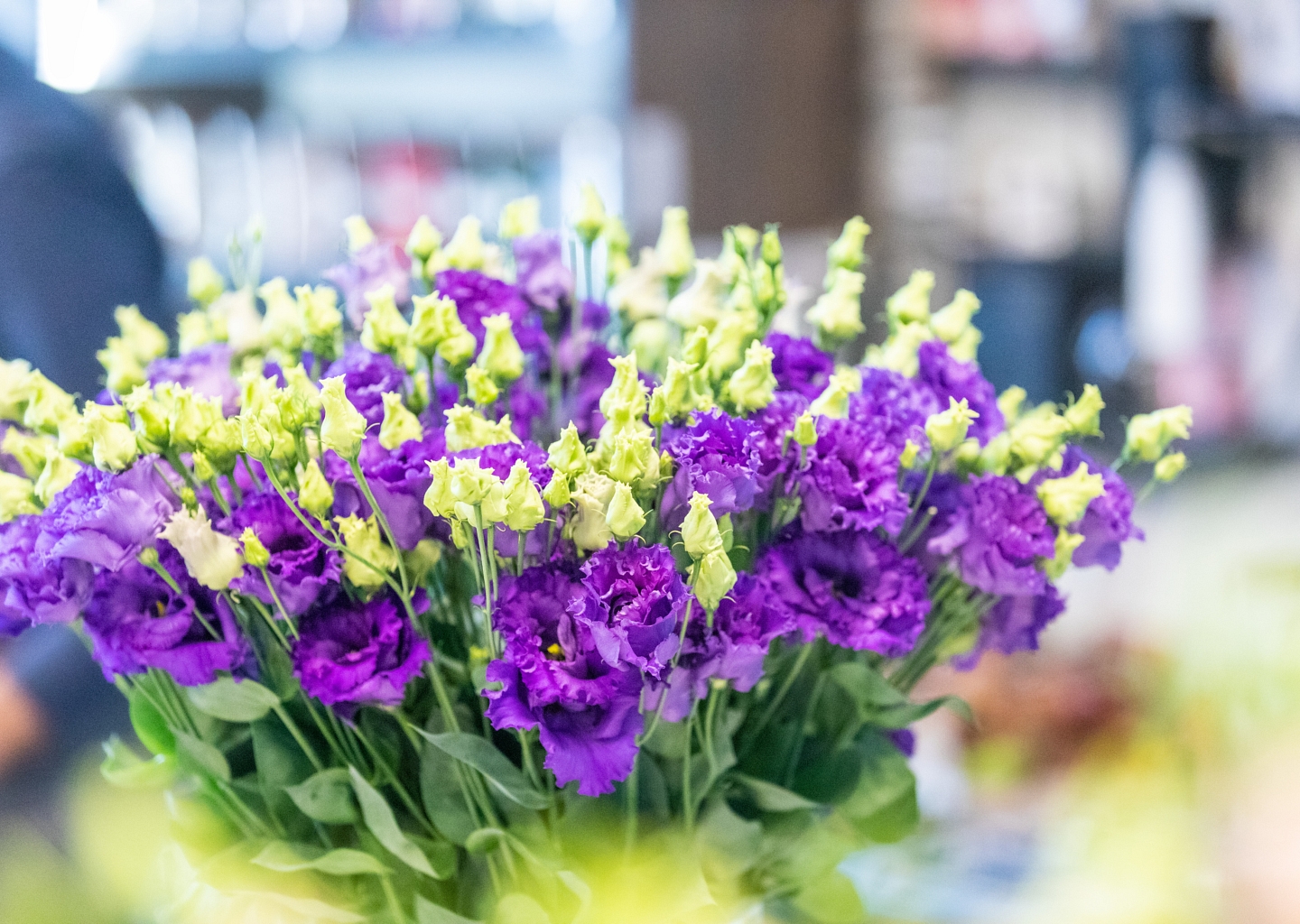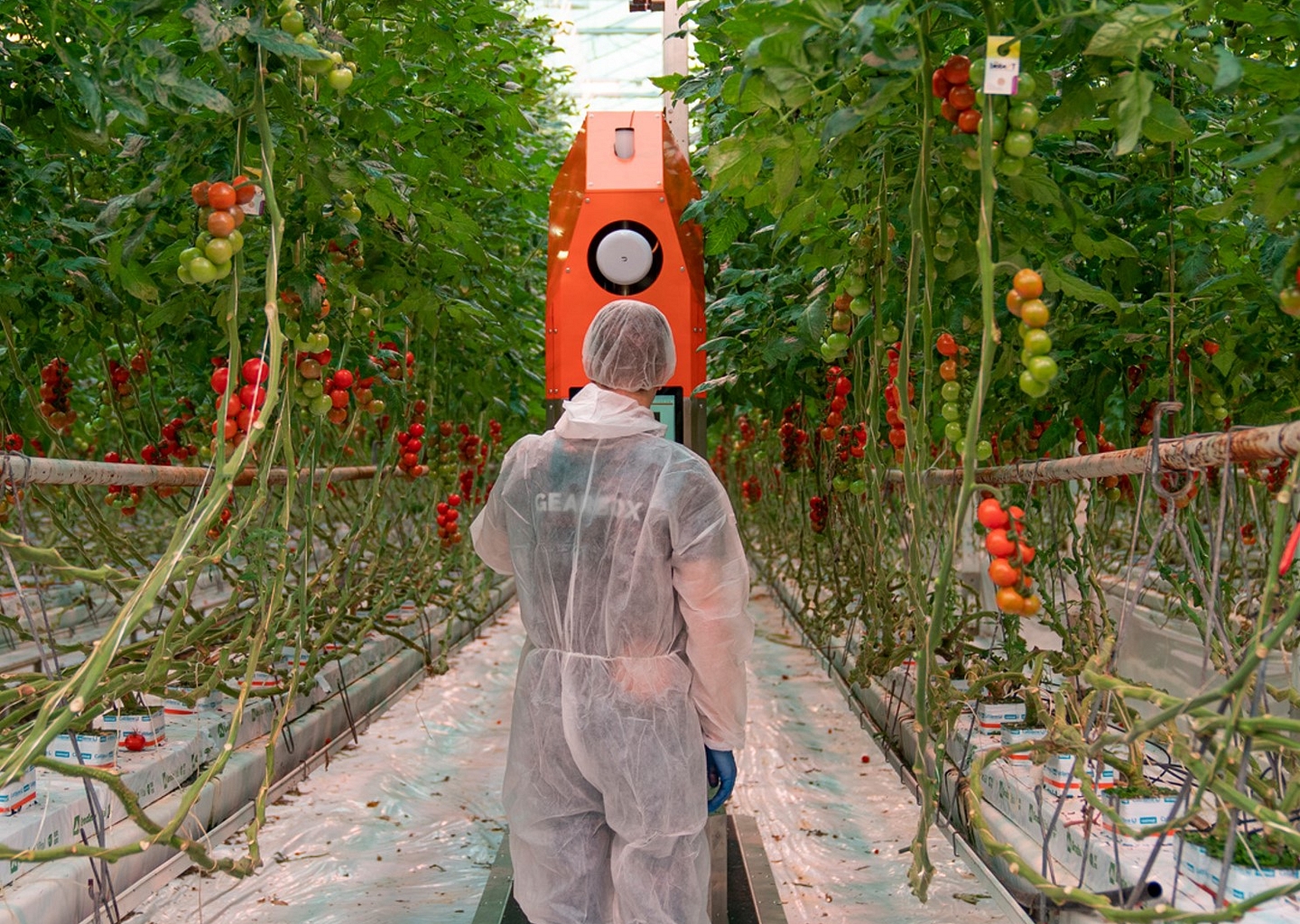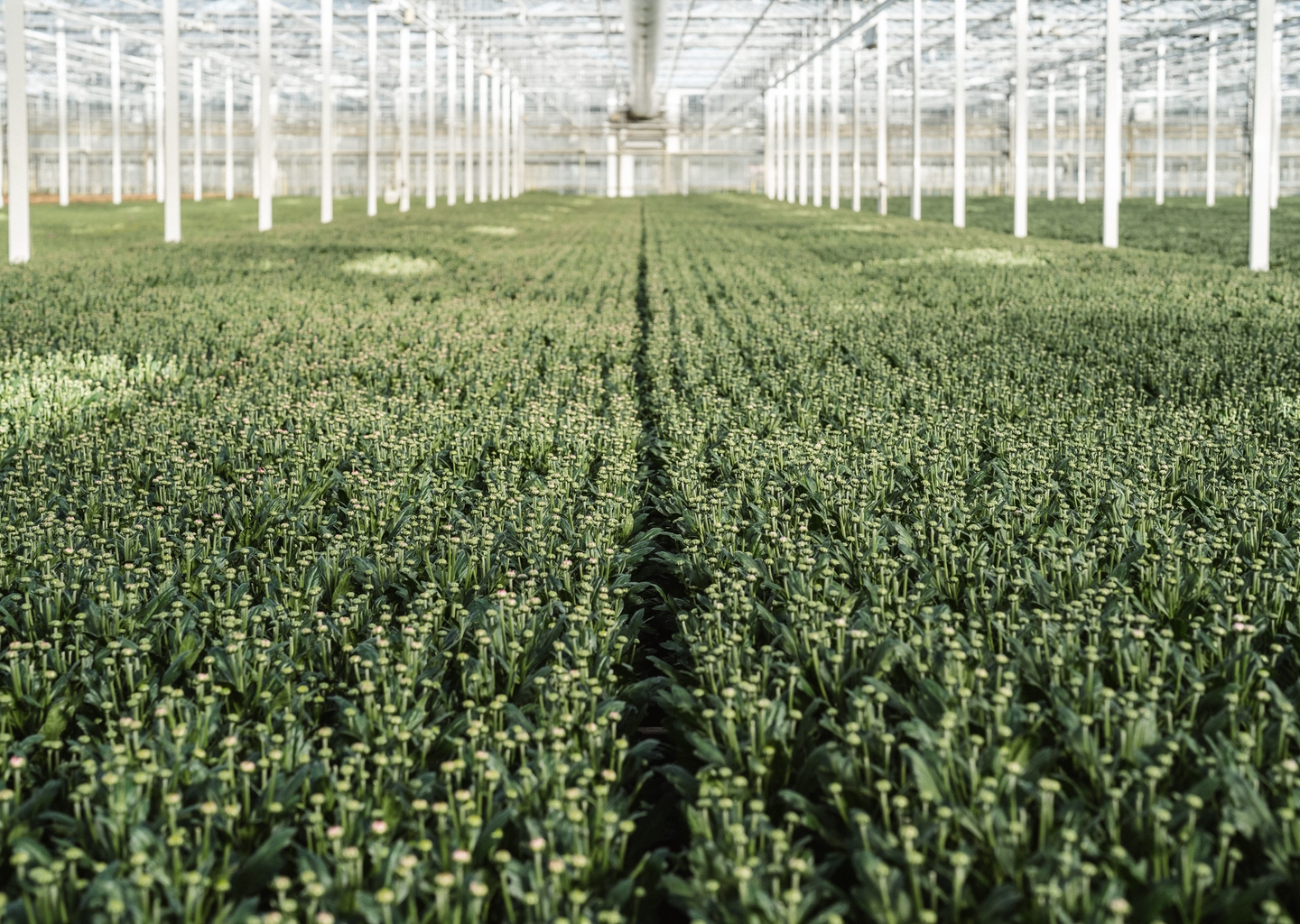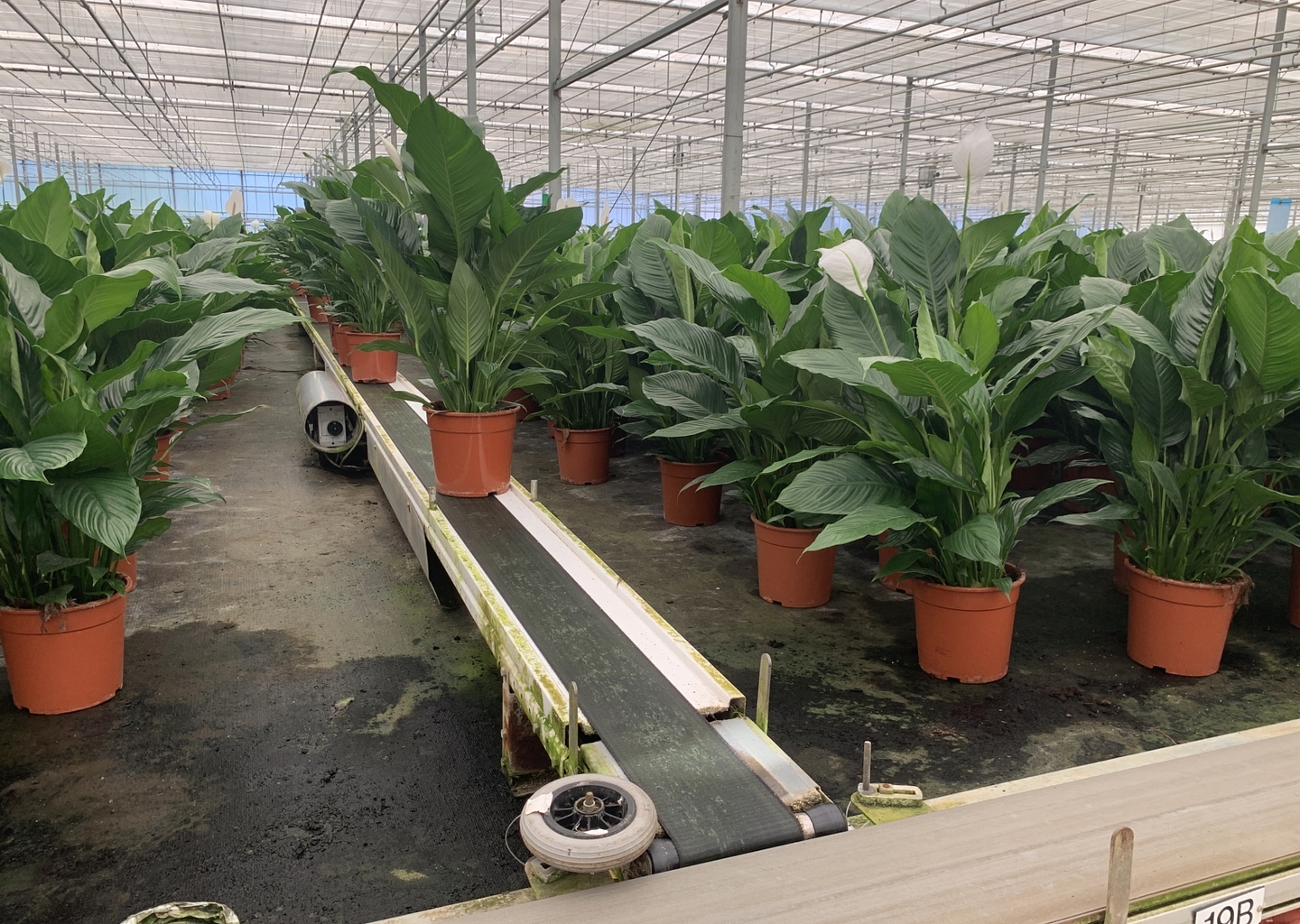
Zaad- en plantkwaliteit beoordelen met AI
Controleren van kwaliteit van kiemplantjes is nu nog mensenwerk: subjectief en tijdrovend. Beeldherkenning met AI is geknipt voor deze taak. Voor plantenkweker Van Egmond Lisianthus aanleiding voor een samenwerking met Track32 en Mprise Agriware.

Robot voor het oogsten van data
Als teler ben je veel bezig met waarnemen. Zitten er schadelijke insecten in het gewas? Wat is de afstand tussen de stengels? Hoeveel vruchten groeien er? Robotontwikkelaar Gearbox en tomatenteler Lans slaan de handen ineen om dat efficiënter te maken. “Data produceren is niet het probleem. Het gaat erom, wat is relevant voor de teler?”

Zentoo vindt manier om slimmer chrysanten te knoppen
Wat doe je dan? Voor het knoppen van chrysanten - een repeterende taak - werken in een gemiddeld chrysantenbedrijf twee fulltime krachten. Dat kan slimmer.
De chrysantentelers van Zentoo klopten daarom bij Robocrops aan; de verbinder die de volgende technologische stap in de glastuinbouw mogelijk maakt. Nu, 12 weken later, staat er in samenwerking met RoboHouse een gevalideerd concept waarmee Zentoo verder kan.
Neem contact op om een stap verder te komen. We zijn benieuwd naar je verhaal.

